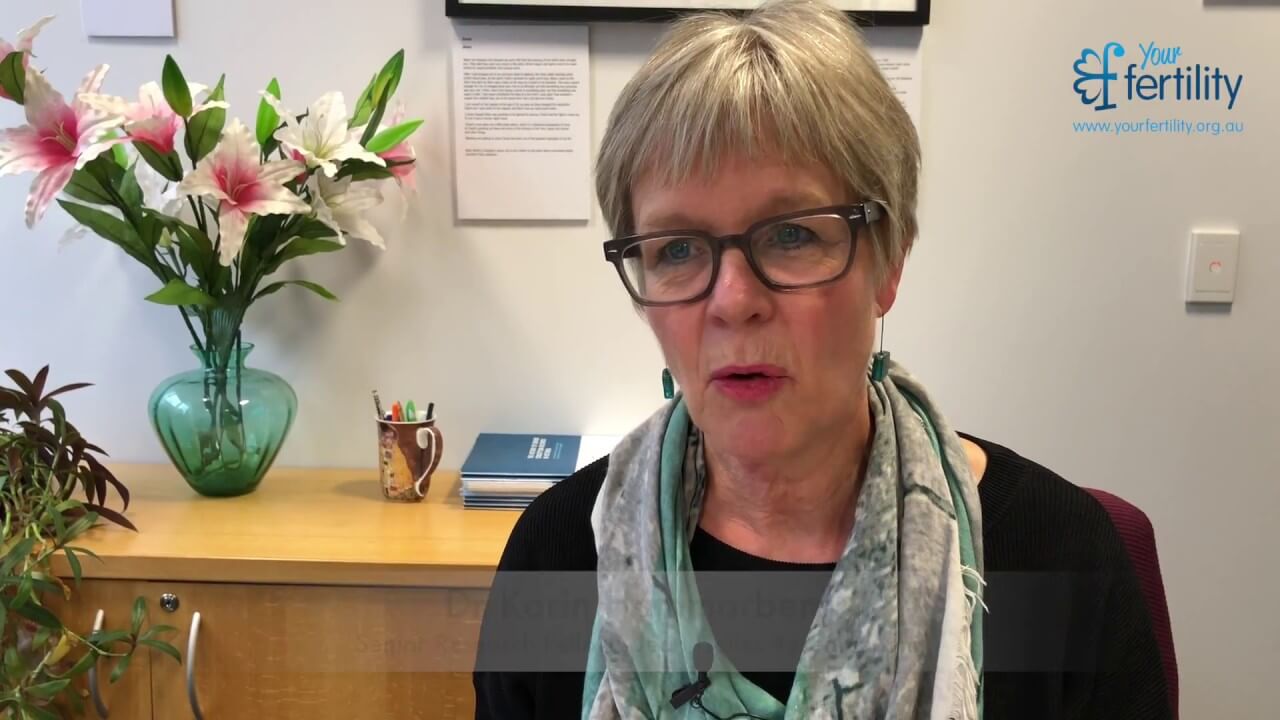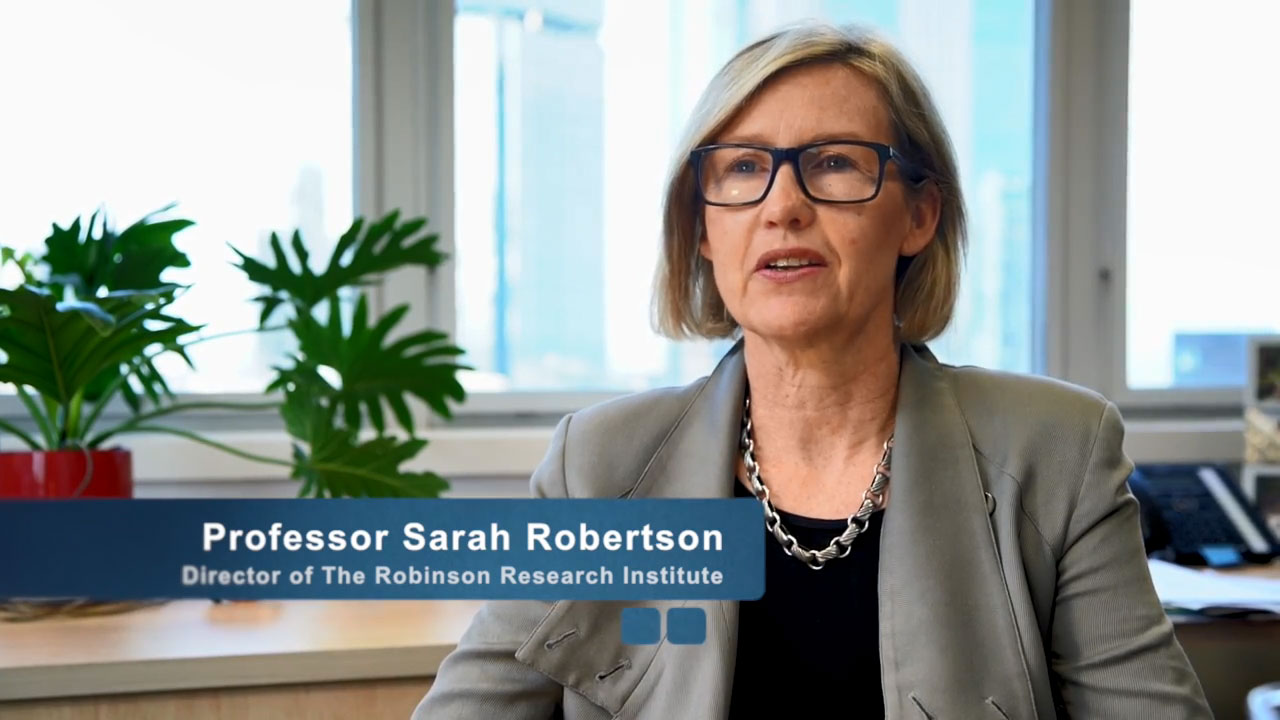Does Your Vagina Ever Go Back to Before When You Have a Baby
When are you lot more likely to conceive?
Nosotros're talking most the 'fertile window' – the days in a woman's menstrual cycle when pregnancy is possible. The 'fertile window' depends on the length of the menstrual cycle, which varies among women.
The 'fertile window' is the twenty-four hour period an egg is released from the ovary (ovulation) and the five days beforehand. Having sexual activity (intercourse) during this time gives you the best chance of getting significant.
Ovulation Calculator
-
What is an ovulation calculator and how does it help you get pregnant?
This ovulation calculator or ovulation calendar tin can assistance yous piece of work out your well-nigh fertile fourth dimension. These are the days you are most likely to get meaning.
It can besides estimate your due engagement if you lot do become pregnant during your adjacent fertile days.
Others ways to help you work out when you're ovulating:
- Observe changes in vaginal mucus
A few days before ovulation, you may notice your vaginal mucus becomes clear, slick and slippery, and feels a fleck like egg white.
This is a sign that ovulation is nigh to happen. It'southward the best time to accept sex, as sperm travel more hands in this kind of fungus.
- Use an ovulation predictor kit
Y'all tin employ a predictor kit from a supermarket or pharmacy, to examination your urine for signs of ovulation. If yous start testing your urine a few days before the day you adjacent wait to ovulate, a positive result means you are going to ovulate inside the side by side 24 to 36 hours (one to 2 days).
-
Facts about timing
Ovulation is when a mature egg is released from the ovary. The egg then moves downward the fallopian tube where it can be fertilised. If sperm are in the fallopian tube when the egg is released, there is a good chance that the egg will exist fertilised, creating an embryo, which tin abound into a baby.
Pregnancy is technically just possible if yous have sex during the five days before ovulation or on the day of ovulation. Simply the nigh fertile days are the three days leading up to and including ovulation. Having sex during this time gives y'all the all-time take chances of getting significant.
By 12-24 hours after ovulation, a woman is no longer able to get pregnant during that menstrual cycle because the egg is no longer in the fallopian tube.
In that location'south almost no take a chance of getting pregnant if yous accept sex before or after the fertile window (but if y'all're not trying to get pregnant, don't rely on this – contraception is your best option!).
-
How to know when you're ovulating
Knowing when you ovulate tin help y'all program for sexual activity at the correct time and ameliorate your chance of getting pregnant. You tin keep track of your menstrual cycles on a nautical chart, in a diary, or on a free period-tracker app on your smartphone.
To work out the length of your menstrual bike, tape the outset solar day you lot commencement bleeding (first day of your period). This is day ane. The last twenty-four hour period of your cycle is the twenty-four hour period before your next flow begins.
- What is a 'menstrual cycle' and a 'period'?
Some people retrieve the 'menstrual cycle' and a 'flow' are the same affair.
A period is when you lot drain (or menstruate).
A menstrual bicycle starts on the twenty-four hours when a catamenia starts (day 1) and ends the day before the next catamenia. A cycle's length is considered normal if it's between 21 and 35 days. They can vary between women and from i cycle to the side by side.
- Working out your 'average' menstrual cycle length
If your menstrual cycles are dissimilar lengths (almost women'southward cycles are) you can work out your average cycle length.
The number of days in a woman'southward menstrual cycle can vary calendar month to month. Periods are not ever regular. It can be useful to work out an 'average' cycle length, based on the length of 3 menstrual cycles, to approximate when you're most likely to exist ovulating.
If you lot add the number of days in three cycles and divide the total number by three, it gives you lot your average bicycle length.
Example
Sarah tracked her last three menstrual cycles by counting the time from the first day of ane catamenia, to the day before the adjacent menses.
Cycle 1 was 28 days; Bicycle 2 was 32 days; Cycle 3 was 27 days
28 + 32 + 27 = 87
87 divided by 3 = 29
So the average length of Sarah's menstrual cycles is 29 days.
- Working out your most fertile days
When you know your average menstrual cycle length, you can work out when yous ovulate.
Ovulation happens about 14 days before your menstruum starts.
- If your average menstrual cycle is 28 days, you ovulate around day 14, and your most fertile days are days 12, 13 and 14.
- If your average menstrual cycle is 35 days ovulation happens around twenty-four hour period 21 and your most fertile days are days 19,20 and 21.
- If you have shorter cycles, say 21 days, ovulation happens around day 7 and your most fertile days are days 5, 6 and 7.
Your most fertile days are the three days leading upwards to and including the day of ovulation.
Some women take very irregular cycles or notice it difficult to work out an average cycle length. This can make information technology hard to piece of work out when ovulation happens. If it'southward all as well difficult, having sex every 2-iii days covers all bases and improves your run a risk of getting pregnant.
Myth busting
- MYTH
-
A woman can become pregnant any fourth dimension of the month.
- FACT
-
A woman can simply become pregnant on a few days during her menstrual cycle.
Why?
Because eggs and sperm only alive for a brusk fourth dimension:
- Sperm alive for around 5 days.
- Eggs can only be fertilised for around 24 hours (one twenty-four hours) afterward being released from the ovary.
Eggs and sperm need to come up together at the correct fourth dimension for fertilisation to happen to create an embryo.
Getting the timing right
If you're trying to become pregnant, timing is everything. Dr Karin Hammarberg explains how to piece of work out when y'all are ovulating and the right time to have sex to improve your gamble of pregnancy.

-
What are the chances?
Having sex as close as possible to the time of ovulation increases the chance of pregnancy.
If a woman has sex six or more days before she ovulates, the hazard she will go pregnant is virtually zilch.
If she has sexual practice five days earlier she ovulates, her probability of pregnancy is most 10 per centum.
If she has sex on the twenty-four hour period of ovulation, or the ii days before, the take chances of getting significant is effectually xxx percent.
These are average figures and depend on a adult female'southward age.
When does preconception health begin?
Professor Sarah Robertson, Director of Robinson Research Institute, University of Adelaide, highlights the key time before pregnancy that your health is most of import to ensure your child has the best start to life.

How to know you are ovulating
Kerry Hampton, a registered nurse and fertility specialist, discusses the importance of fertility awareness, and how to determine your fertile window to improve your chances of conceiving.

- References
- American Club for Reproductive Medicine, Optimizing natural fertility, https://www.reproductivefacts.org/news-and-publications/patient-fact-sheets-and-booklets/documents/fact-sheets-and-info-booklets/optimizing-natural-fertility/
- Berglund Scherwitzl, et al. (2015). Identification and prediction of the fertile window using Natural Cycles. The European Periodical of Contraception and Reproductive Health Care, 20(five), 403-408. doi:10.3109/13625187.2014.988210
- Ecochard, R., et al. (2015). Self-identification of the clinical fertile window and the ovulation period. Fertility and Sterility, 103(five), 1319-1325.e1313. doi: http://dx.doi.org/10.1016/j.fertnstert.2015.01.031
- Pfeifer, S., et al. (2017). Optimizing natural fertility: a committee opinion. Fertility and Sterility, 107(i), 52-58. doi: 10.1016/j.fertnstert.2016.09.029
- Stanford, J. B. (2015). Revisiting the fertile window. Fertility and Sterility, 103(5), 1152-1153. doi: http://dx.doi.org/10.1016/j.fertnstert.2015.02.015
- Stanford, et al. (2002). Timing intercourse to reach pregnancy: current prove. Obstetrics and Gynecology, 100(6), 1333-1341.
- Stephenson, J., et al. (2018). Before the beginning: diet and lifestyle in the preconception menses and its importance for futurity health. The Lancet, x.1016/S0140-6736(xviii)30311-8 doi: x.1016/S0140-6736(18)30311-viii
- Vélez, M. Pet al. (2015). Female exposure to phenols and phthalates and time to pregnancy: the Maternal-Infant Enquiry on Ecology Chemicals (MIREC) Written report. Fertility and Sterility. doi: ten.1016/j.fertnstert.2015.01.005
- Verón, Yard. L., et al. (2018). Impact of age, clinical weather, and lifestyle on routine semen parameters and sperm kinematics. Fertility and Sterility, 110(1), 68-75.e64. https://doi.org/10.1016/j.fertnstert.2018.03.016
- Waylen, A. Permit al. (2009). Effects of cigarette smoking upon clinical outcomes of assisted reproduction: a meta-analysis. Hum Reprod Update, 15(1), 31-44.
- Zenzes, Thou. T. (2000). Smoking and reproduction: gene impairment to human gametes and embryos. Hum Reprod Update, 6(2), 122-131.
Page created on: 28/08/2018 | Last updated: 11/03/2022
Source: https://www.yourfertility.org.au/everyone/timing
0 Response to "Does Your Vagina Ever Go Back to Before When You Have a Baby"
إرسال تعليق